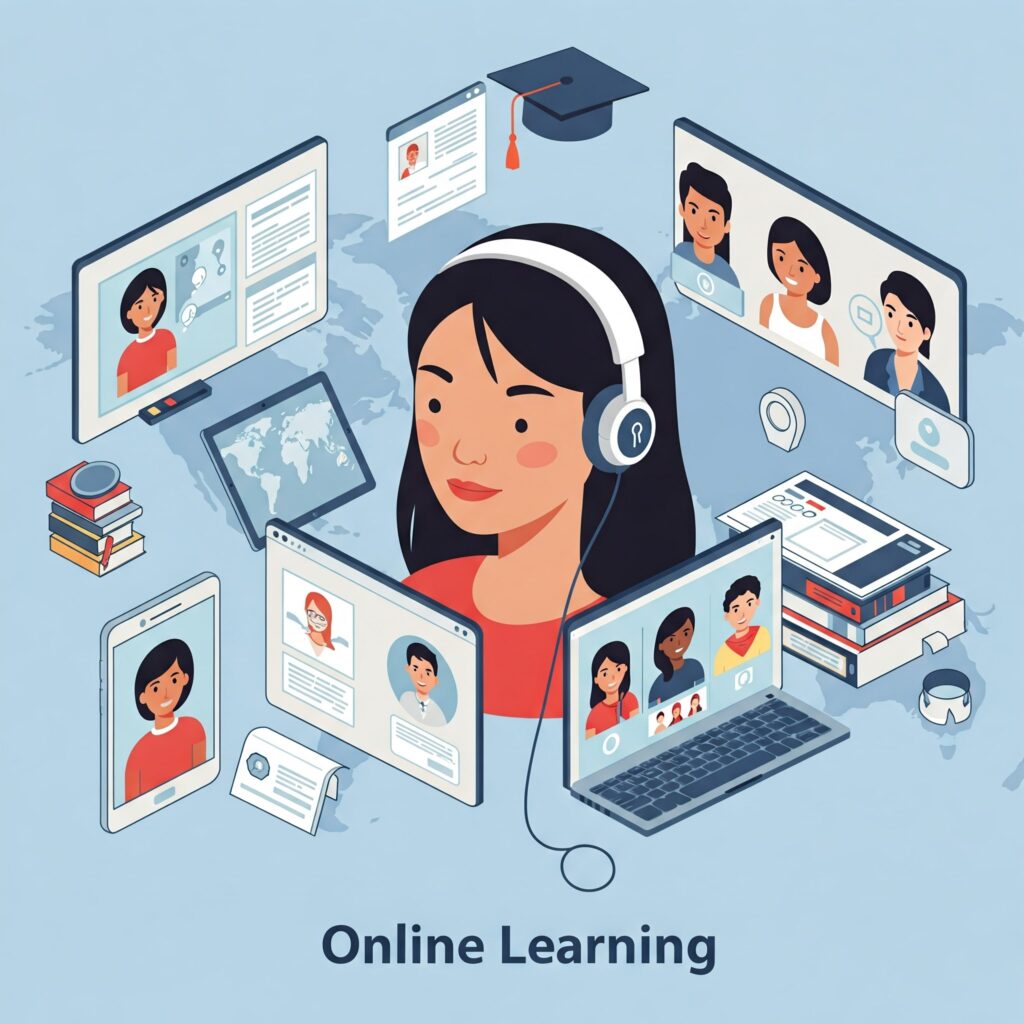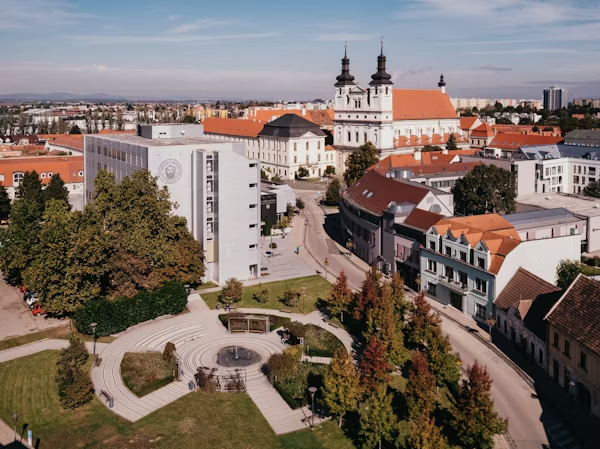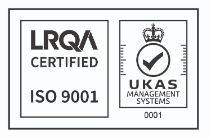The rise of artificial intelligence has brought forward many challenges and opportunities at the same time to the point where a new development is announced almost every day. Artificial intelligence is developing at an unprecedented fast rate, impacting almost all aspects of social-economic life.
Higher education is no exception. It is one of the sectors that is being greatly affected by AI, not only in the sense of teaching and learning content, but even when it comes to the third mission of universities and the concept of University 5.0.
University 5.0 signifies the fifth evolutionary phase of higher education, advancing from previous models that emphasised elite education (1.0), industrial-era workforce training (2.0), post-war innovation (3.0), and social change (4.0). It emerged as a response to global challenges such as digital transformation, climate change, and societal inequities, with the objective of aligning technological advancement with human-centric values. Grounded in frameworks such as the Quintuple Helix Innovation Model, it incorporates five dimensions—industry, government, academia, civil society, and the natural environment—to promote sustainable and inclusive growth.
 One of the core principles of the University 5.0 concept is that it also leverages tools like AI, VR/AR, and IoT to create immersive, adaptive learning environments. For example, blended learning combines online modules with interactive face-to-face sessions, while virtual labs enable collaborative problem-solving in simulated settings. Merging digital tools with humanistic values prepares students to navigate complex global challenges while fostering inclusive, sustainable societies.
One of the core principles of the University 5.0 concept is that it also leverages tools like AI, VR/AR, and IoT to create immersive, adaptive learning environments. For example, blended learning combines online modules with interactive face-to-face sessions, while virtual labs enable collaborative problem-solving in simulated settings. Merging digital tools with humanistic values prepares students to navigate complex global challenges while fostering inclusive, sustainable societies.
On the other hand, under the dimension of the Quintuple Helix Innovation Model, universities will need to provide a response to the rising demands for fast and quick solutions to societal changes and challenges, especially in the business and innovation sectors. The classical three-study-cycle programmes in most higher education institutions, in the way they are built to serve socio-economic development, do not seem to be the answer to such demands, especially from the business sector. There are many issues surrounding the third mission of universities and its efficiency. However, this is where micro-credentials come in to answer some, not all, specific needs for a qualified workforce, lifelong learning, and a quick solution to immediate emerging needs in the labour market for specific skills.
A micro-credential is a small volume of learning certified by a credential. In the EHEA context, it can be offered by higher education institutions or recognised by them using recognition procedures in line with the Lisbon Recognition Convention or recognition of prior learning, where applicable. A micro-credential provides the learner with specific knowledge, skills, or competencies that respond to societal, personal, cultural, or labour market needs. Micro-credentials have explicitly defined learning outcomes at a QF-EHEA/NQF level, which indicates the associated workload in ECTS credits, assessment methods, and criteria, and they are subject to quality assurance in line with the ESG.
Micro-credentials emphasise targeted, skills-based learning—such as cybersecurity, data analytics, or project management—and often culminate in digital badges or certificates. These credentials are designed to be “stackable,” allowing learners to combine multiple credentials with building toward a degree or demonstrating advanced expertise. For example, Oregon State University offers micro-credentials requiring 9–12 credits, which can later contribute to a full bachelor’s degree. “Micro-credentials certify the learning outcomes of short-term learning experiences, such as a short course or training. They offer a flexible, targeted way to help people develop the knowledge, skills, and competencies they need for their personal and professional development…” as defined by the European Commission.
Also, the Rome Communique 2020 stated: “Flexible and open learning paths, part of the original inspiration for the Bologna Process, are important aspects of student-centered learning and are in increasing demand in our societies. In addition to full degree programmes, many higher education institutions offer or plan to offer smaller learning units, enabling learners to develop or update their cultural, professional, and transversal skills and competencies at various stages in their lives. We ask the BFUG to explore how and to what extent these smaller, flexible units, including those leading to micro-credentials, can be defined, developed, implemented, and recognised by our institutions using EHEA tools.”
Now, when AI is developing at a fast rate and challenging almost all aspects of socio-economic life, adapting to this new reality is necessary. Following an entire study cycle at a university bears many financial and time-consuming costs for the young generations. Micro-credentials thus seem to be a fast solution to some emerging needs of the industry and business sector, especially in the service sectors.

Under the 5.0 concept, universities need to adapt their approaches to their mission to better fulfil their role. AI will bring challenges and changes to teachers’ traditional pedagogy skills. We cannot expect such highly technical and digital required skills to be taught with traditional pedagogical methods. This, of course, does not only apply to the higher education sector. AI and new pedagogical skills will also affect other levels in the education sector, even elementary and high schools.
The entire education landscape is affected by AI, industry and business-driven needs, societal needs, etc. As a key engine in society, the education sector needs to adapt to the new realities. In fact, the Bologna Process is marked as a turning point for the higher education sector. Besides facilitating the mobility of students across Europe, recognition of qualifications, and the ECTS credit transfer system, it also focused on the need for universities to provide students with the necessary competencies to meet the challenges of the new millennium, including the ability to analyse, synthesise, and apply knowledge, as well as to think innovatively and work efficiently in a team. However, this was back in 1999, on the eve of the rapid changes and new geopolitical realities in Europe, among others.
Almost a quarter of a century since the adoption of the Bologna Declaration and massive efforts during the years for its implementation, human society has been facing a new era: the AI revolution.
Is the Bologna Process still an answer and a mechanism which provides effective educational instruments with such rapid development of AI?
Are universities prepared for this reality? Can micro-credentials be a solution to some emerging fast needs, or are we edging closer to a new Bologna Process 2.0?
At the very least, let us engage in a discussion about the potential Bologna Process 2.0 within the context of the new AI revolution.

Sources and additional readings



